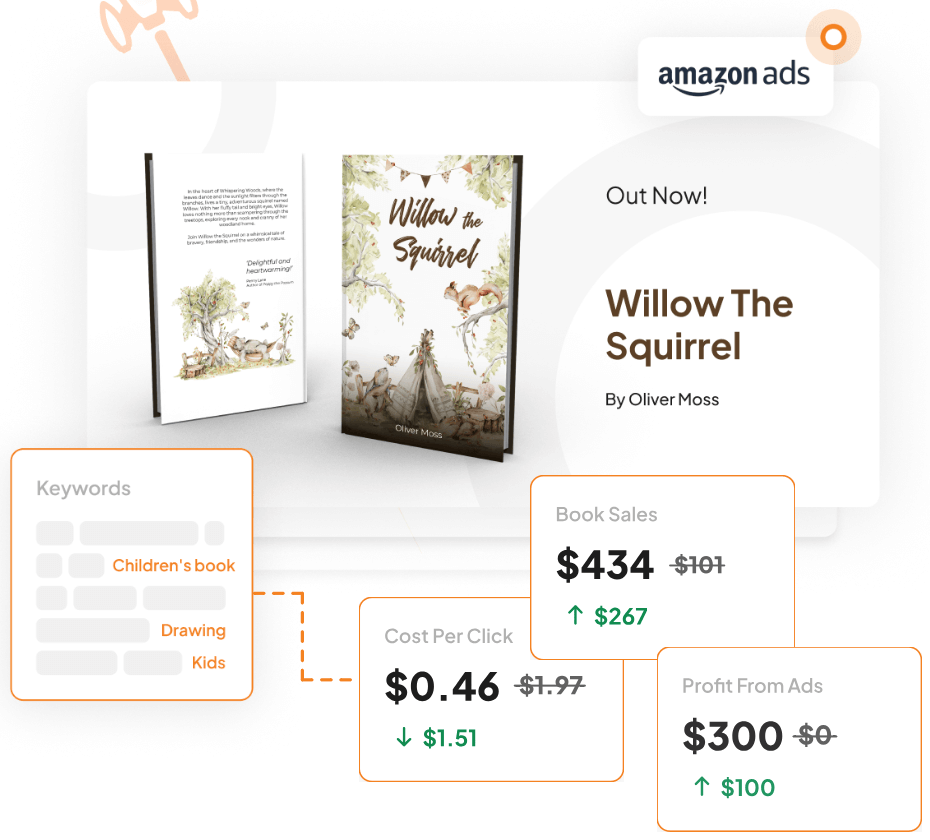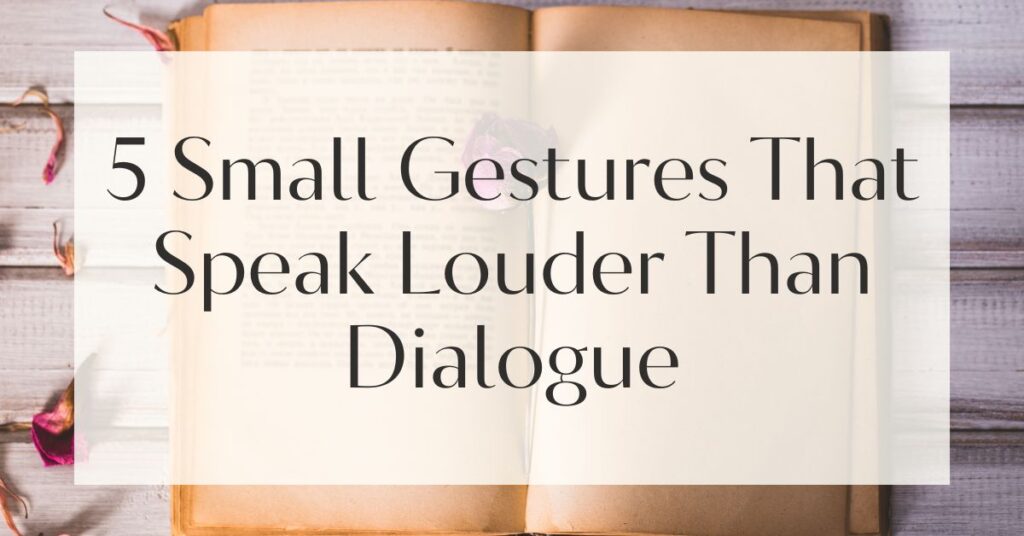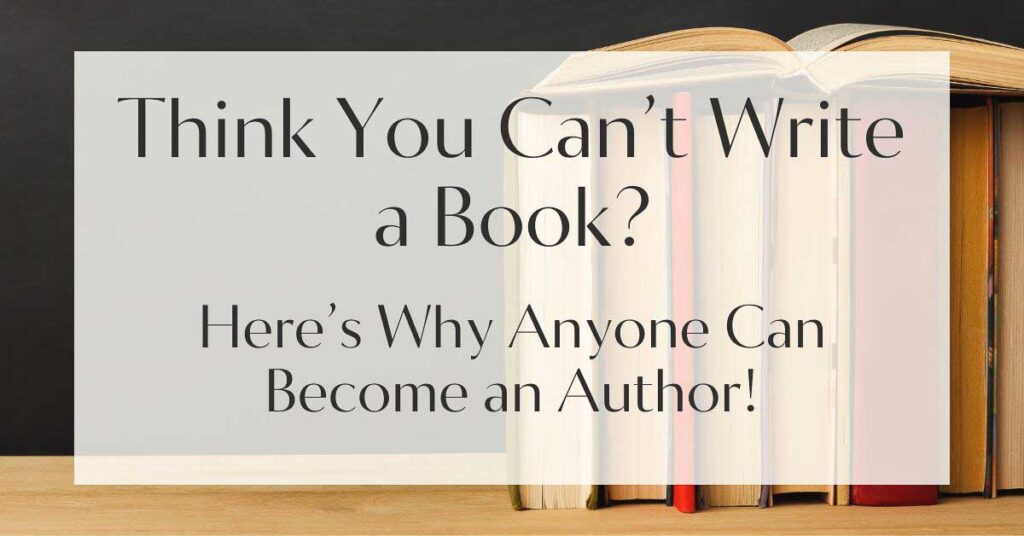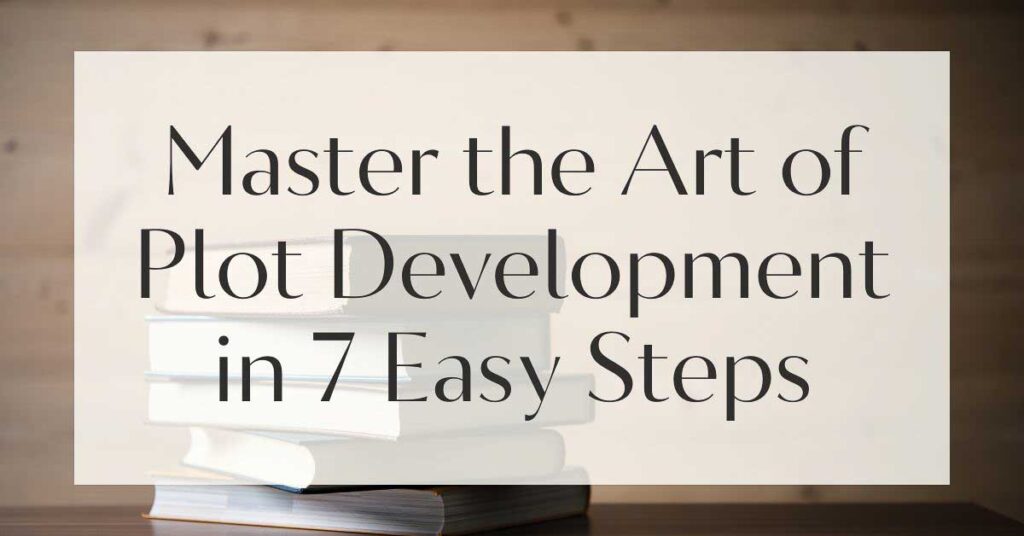In a world where words often take center stage, it’s easy to overlook the profound impact of non-verbal communication. Yet, it’s the small gestures—those subtle nods, fleeting smiles, or gentle touches—that speak volumes, weaving an intricate tapestry of connection that transcends spoken language.
Have you ever wondered why a simple pat on the back can lift your spirits or how a knowing glance can convey empathy beyond words? As we explore these nuances, we uncover the powerful role of small gestures in fostering emotional bonds and enhancing our daily interactions.
Understanding Non-Verbal Communication
Non-verbal communication is an ancient and universal language, silently bridging gaps where words may falter. It’s a dance of expressions, movements, and postures that convey messages without uttering a single syllable.
What is Non-Verbal Communication?
Non-verbal communication encompasses all forms of communication that do not involve words. This includes facial expressions, body language, gestures, eye contact, and even the tone of one’s voice.
It’s the art of conveying emotions and intentions through subtle cues that often go unnoticed yet are deeply felt. According to experts, this form of communication can significantly enhance our understanding of others and improve interpersonal interactions.
The Importance of Non-Verbal Communication in Relationships
In relationships, non-verbal communication plays a crucial role. It’s the gentle squeeze of a hand that reassures, the shared laughter that strengthens bonds, and the empathetic nod that says, “I understand.”
These gestures create a tapestry of emotional connection, fostering trust and intimacy. As Dr. John Gottman, a renowned relationship expert, highlights, these small acts are vital in building and maintaining strong partnerships.
The Power of Small Gestures
Small gestures are the unsung heroes of interpersonal interactions, quietly working behind the scenes to build bridges and mend fences. Their power lies in their simplicity and authenticity, often speaking louder than the grandest declarations.

How Small Gestures Create Emotional Connections
Small gestures have the magical ability to create deep emotional connections. Whether it’s a warm smile from a stranger or a reassuring pat on the back from a friend, these actions convey empathy and compassion, often without the need for words.
Research suggests that such gestures trigger the release of serotonin, enhancing mood and promoting a sense of well-being for both the giver and receiver. This creates a ripple effect of positivity that can transform entire communities.
Examples of Small Gestures That Matter
- Offering a seat to someone standing
- Holding the door open for a stranger
- Sending a thoughtful text message
- Giving a genuine compliment
- Sharing a knowing smile
These gestures, though seemingly insignificant, carry immense weight in nurturing human connections. They are the quiet affirmations of our shared humanity, reminding us that we are not alone in this world.
The Ripple Effect of Kindness in Daily Life
Kindness, much like a pebble thrown into a pond, creates ripples that extend far beyond the initial act. A small gesture of kindness can inspire others to act similarly, creating a chain reaction of goodwill.
This ripple effect not only enhances individual relationships but also strengthens the fabric of society as a whole. By acknowledging and embracing the power of small gestures, we can foster a more compassionate and connected world.
Consider starting your day with a small act of kindness, such as making coffee for a colleague or complimenting a stranger. These gestures set a positive tone for the day, enhancing both your mood and those around you.
Google Docs is for notes. Scrivener is for novels. Upgrade your writing game and try it for free today!

Building Trust and Intimacy Through Gestures
Trust and intimacy are the cornerstones of any meaningful relationship. While words can certainly help build these foundations, small gestures often play an even more significant role.
The Role of Bids for Connection
Bids for connection are subtle attempts to engage with a partner, whether through a smile, a touch, or a simple question about their day.
Recognizing and responding to these bids is crucial for maintaining emotional intimacy and trust. Dr. John Gottman’s research emphasizes that couples who frequently respond positively to each other’s bids are more likely to enjoy long-lasting and fulfilling relationships.

How Small Gestures Foster Trust
Small gestures act as consistent reminders of care and support, reinforcing trust over time. A spontaneous hug, a reassuring nod, or a shared laugh can all contribute to a sense of security and belonging. These gestures signal to your partner that you are present, attentive, and invested in the relationship, laying the groundwork for deeper emotional bonds.
Make it a habit to acknowledge your partner’s bids for connection, whether verbal or non-verbal. A simple smile or nod can go a long way in fostering trust and intimacy.
Recognizing and Responding to Non-Verbal Cues
Recognizing and appropriately responding to non-verbal cues is an essential skill in any relationship. It requires attentiveness and empathy, allowing us to understand and connect with others on a deeper level.
No marketing platform? No social following? No problem!
Publisher Rocket helps you market your debut novel like a pro.
It’s a gamechanger for debut authors – try it today!


Active Listening and Awareness
Active listening involves more than just hearing words; it requires paying attention to non-verbal signals such as tone, facial expressions, and body language. By being aware of these cues, we can better understand the emotions and intentions behind the words, leading to more meaningful and empathetic interactions.
Responding to Your Partner’s Bids
Responding to your partner’s bids for connection is a powerful way to strengthen your relationship. Whether it’s a verbal bid, like a request for attention, or a non-verbal one, like a gentle touch, acknowledging and reciprocating these gestures fosters emotional closeness and mutual understanding. By doing so, you show your partner that you value and cherish the relationship.
The Impact of Non-Verbal Communication on Mental Health
Non-verbal communication extends its benefits beyond interpersonal relationships, significantly impacting mental health and overall well-being.

Small Gestures in Therapeutic Practices
Therapists often incorporate small gestures into their practices to create a safe and supportive environment for clients.
A reassuring nod, a warm smile, or a gentle touch can help clients feel understood and valued, facilitating healing and recovery. These gestures convey empathy and compassion, encouraging clients to open up and share their experiences.
The Psychological Benefits of Non-Verbal Communication
Non-verbal communication offers numerous psychological benefits, including reduced stress, increased self-esteem, and enhanced emotional resilience. By engaging in small gestures of kindness and compassion, we can foster a sense of connection and belonging, promoting mental and emotional well-being.
Incorporate small gestures of kindness into your daily routine, such as offering a smile to a stranger or holding the door open for someone. These acts not only benefit others but also enhance your own mental health.
Transforming Relationships Through Consistent Effort
Transforming relationships requires consistent effort and a commitment to nurturing emotional connections. Small gestures are a powerful tool in this process, helping to maintain intimacy and trust over time.
Feeling lost with your debut novel?
Fiverr Pro connects you with expert editors, designers, and marketers – everything you need to get your book ready for success!

Setting Goals for Connection
Setting goals for connection involves identifying areas of growth within your relationship and committing to small, consistent gestures that foster emotional closeness.
This could include scheduling regular date nights, engaging in meaningful conversations, or simply expressing appreciation for one another. By setting and achieving these goals, you can strengthen your relationship and create a deeper sense of connection.
Maintaining Intimacy with Small Acts
Maintaining intimacy requires ongoing effort and attention. Small acts of love and appreciation, such as a thoughtful note or a gentle touch, can help keep the spark alive and reinforce the emotional bond between partners. By prioritizing these gestures, you demonstrate your commitment to the relationship and your partner’s well-being.

Overcoming Barriers to Connection
Despite our best efforts, barriers to connection can arise, hindering emotional intimacy and trust. Recognizing and addressing these barriers is essential for maintaining healthy and fulfilling relationships.
Identifying Personal Blocks to Emotional Availability
Personal blocks to emotional availability, such as fear of vulnerability or past trauma, can prevent us from fully connecting with others. Identifying and addressing these barriers through self-reflection and therapy can help us become more open and emotionally available in our relationships.
Mindfulness and Presence in Communication
Mindfulness and presence are crucial for effective communication and emotional connection.
By being fully present and attentive in our interactions, we can better understand and respond to non-verbal cues, fostering deeper emotional bonds. Practicing mindfulness techniques, such as meditation and deep breathing, can enhance our ability to be present and attentive in our relationships.








